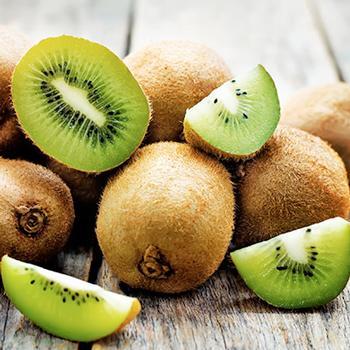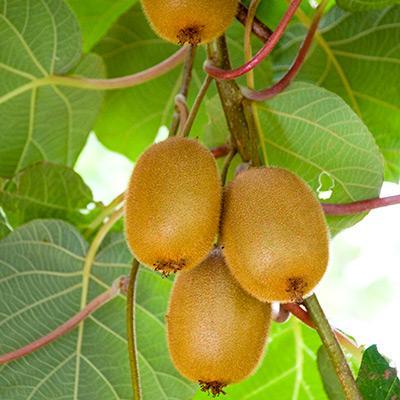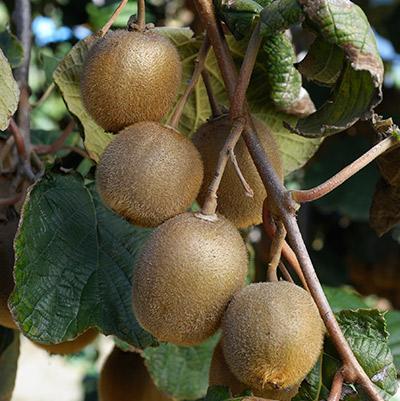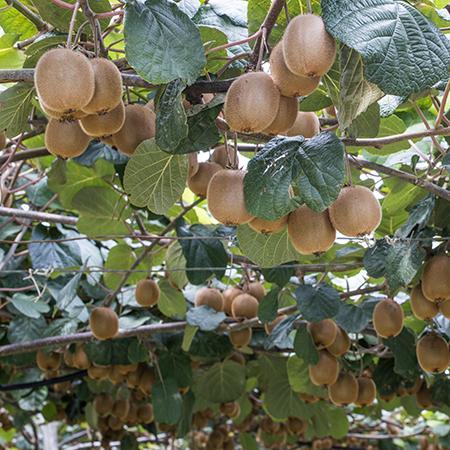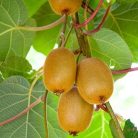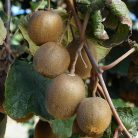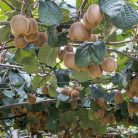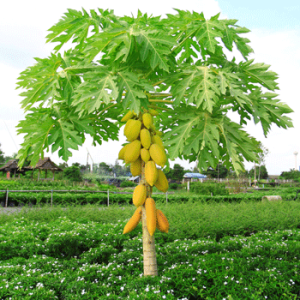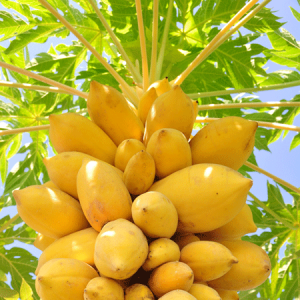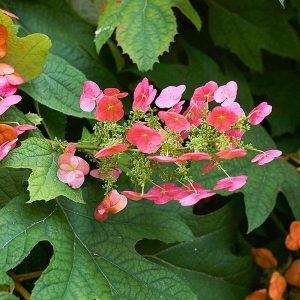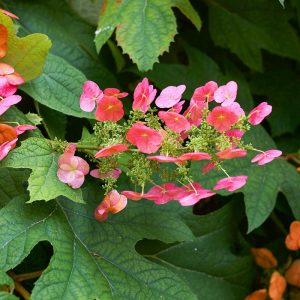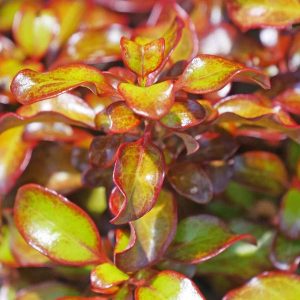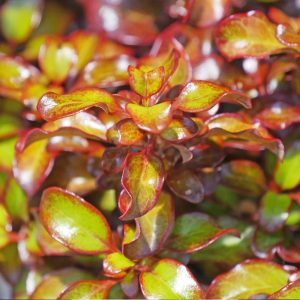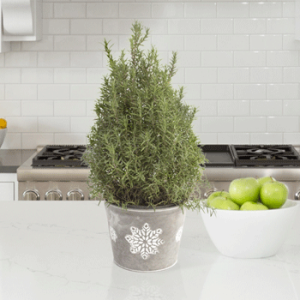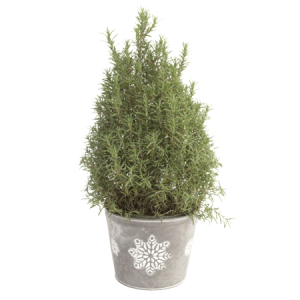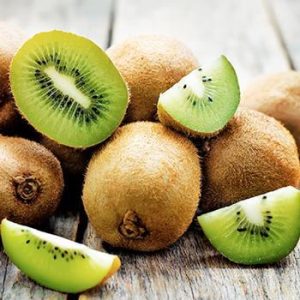Fuzzy Kiwi – USDA Organic For Discount
- Estimated Delivery : Up to 4 business days
- Free Shipping & Returns : On all orders over $200
Tropical Flavors, Organic and Homegrown
Celebrated for its rich tropical flavors, the customer-favorite Fuzzy Kiwi is back and better than ever because it’s now grown organically. A brown, fuzzy exterior belies the delectable taste of the vibrant green flush within. The first bite of this fresh fruit is an experience that’s second to none.
And every bite of this all-natural fruit is totally rewarding, as it’s filled with an exotic profile of flavors you’ll love. Diminutive black seeds in the Fuzzy Kiwi’s flesh provide a crisp crunch for mouth-watering vibes.
Even better? These delicious Fuzzy Kiwis boost your health. With ten times the vitamin C of lemons and tons of antioxidants in tow, this amazing fruit is a true superfood. Plus, since they’re one of the easiest varieties to grow at home, plush, healthful kiwis are just a click away from growing right in your backyard.
Best of all, this iteration of the popular Fuzzy Kiwi is organic, so harsh sprays and chemicals are unnecessary. You don’t need pesticides or herbicides to nurture this coveted fruit in your garden. Because your Fuzzy Kiwi is grown naturally and well-nurtured at our nursery, you also won’t need a green thumb. It’s the best of both worlds, all in one. Order your organic Fuzzy Kiwi today!
Planting & Care
Fuzzy kiwi plants (Actinidia deliciosa Hayward ) are one of the easiest to grow, and most hardy varieties available. These fast growing plants reach a mature height width of 20-30 feet, produce gorgeous flowers and succulent fruit. The male and female plants cross pollinate and produce fruit that is packed with vitamins and antioxidants. These plants are recommended for USDA growing zones 7-10 and perform best in full and partial sunlight.
Location: Place your plants in an area with well draining soil, that preferably gets morning sun and afternoon shade. Though kiwi plants prefer full to partial sun, young plants cannot tolerate scorching heat. Keep this in mind when choosing your location. In order to get fruit, you will need to plant both a female and male for cross pollination. Male and female flowers are grown on separate plants. Male plants will flower often but will not produce fruit.
Planting Instructions: Place them about 10-20 feet apart in a sunny location with well draining soil. One male plant can pollinate up to 8 female plants, but you will need one female for each male plant you have.
1) Dig your hole three times as wide and just as deep as the root ball on the kiwi.
2) Carefully separate the roots of your kiwi by gently combing the root ball with your hands and position them downward in the hole.
3) Backfill the planting area and tamp down lightly on the soil as you go to avoid any air pockets from forming.
4) Mulching the area will help conserve moisture in the soil and keep competing growth at bay.
Watering: Kiwi plants need watered deeply and regularly the first year they are planted. This is most important during periods of drought. Never allow the soil to completely dry out. Browning and dropping of the leaves is a good indication of the plant not receiving enough water. Adding mulch around the plant will help it retain moisture. The best type of mulch to use for kiwi plants is straw or manure.
Fertilization: Kiwi plants are hungry plants and require heavy nitrogen to thrive; especially during the growing season. Ideal fertilization times are in early March and then again in early summer. You can also fertilize in the fall. However; late year fertilization can enhance the fruit size but hasten the ripening process, which later can cause the fruit to store poorly.
Pruning: You should definitely prune your Fuzzy Kiwi annually. This helps increase fruit production. Pruning should mainly be done to encourage growth, shape the plant and allow air and sunlight penetration.
Female plants: You can remove any shoots that are less fruit producing. Since Kiwis are typically grown on a trellis, once the vine reaches the very top of the trellis prune it back some to help train the vine.
Leave room for two buds near the top of the plant to grow. You can tie them loosely with planter’s tape to help support them, but allow them the room to grow. As the plant ages, continue to prune lateral shoots and allow the trunk to grow.
Male plants: Prune the flowering shoots down after the plant blooms. This can be done anywhere between 40-60 cm in length depending on the size of the plant. Ensure when you do this that mostly green growth is remaining on the shoots.
Pests: The wonderful thing about growing kiwi plants is they are virtually free of pest and fungal issues. Your plant may begin giving off a scent similar to “Cat Nip” as a result, cats find this plant attractive and will rub against the shoots. This can be problematic for young shoots and could cause damage. This is also makes the plant attractive to deer and gophers eating the leaves of the plant and in some cases the fruit. You can place protective fencing or netting around the plants as a protective measure.
If you have several plants growing in the same area this will also make them a target of scale and garden snails. They like to feed on the foliage. You can use an insecticidal soap or Neem Oil to treat any insect issues.
| Size | Pollinator Pack |
|---|
